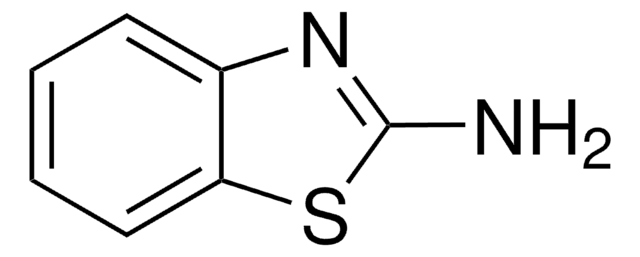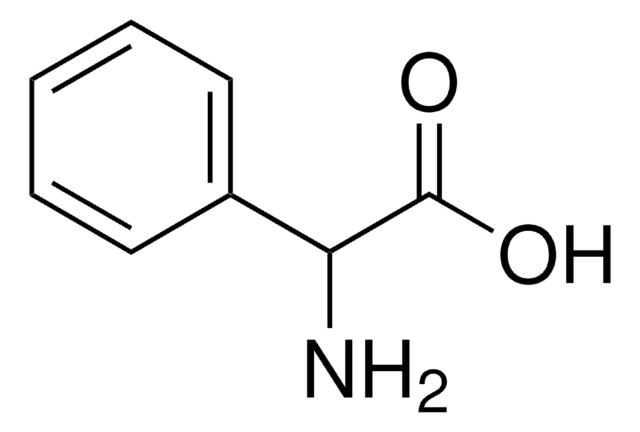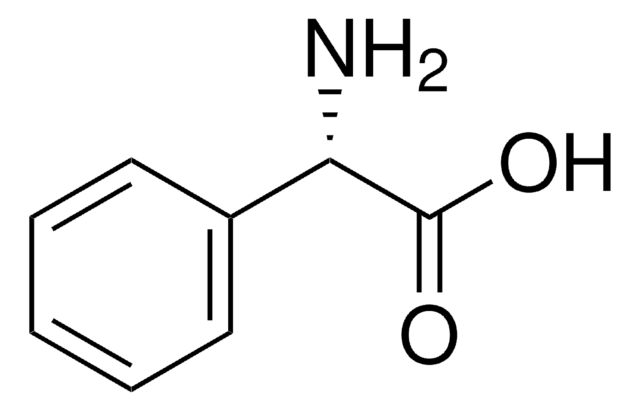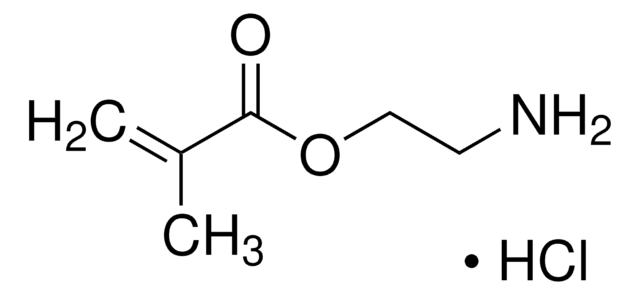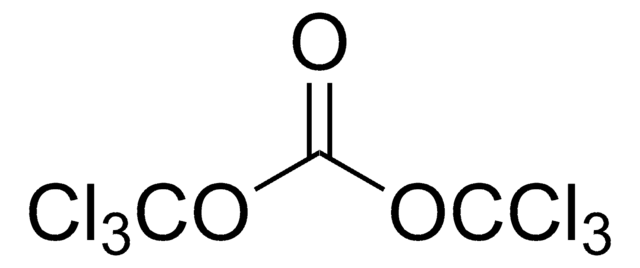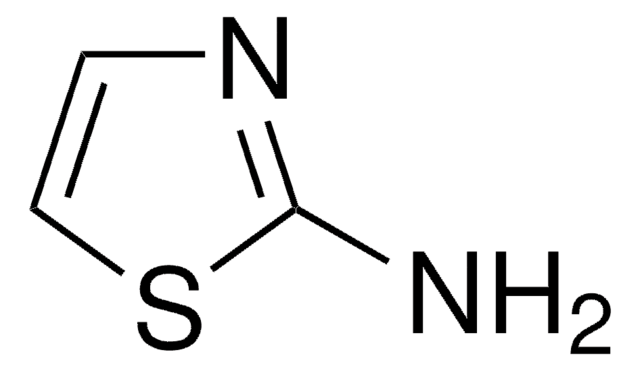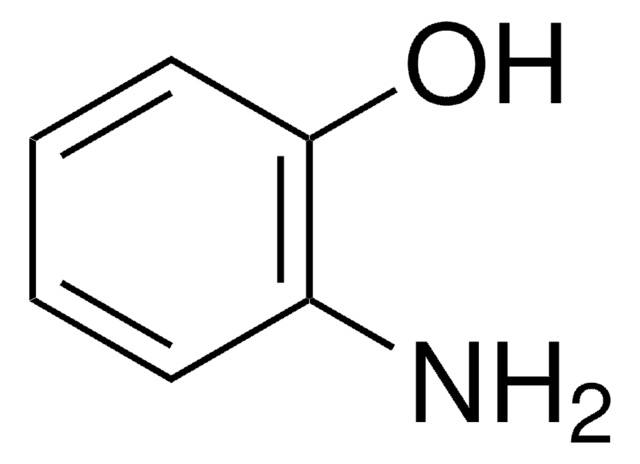330469
N-Phenylglycine
97%
Synonym(s):
(Phenylamino)acetic acid, Anilinoacetic acid
Sign Into View Organizational & Contract Pricing
All Photos(1)
About This Item
Linear Formula:
C6H5NHCH2COOH
CAS Number:
Molecular Weight:
151.16
Beilstein:
509838
EC Number:
MDL number:
UNSPSC Code:
12352209
PubChem Substance ID:
NACRES:
NA.22
Recommended Products
Quality Level
Assay
97%
reaction suitability
reaction type: solution phase peptide synthesis
mp
121-123 °C (lit.)
application(s)
peptide synthesis
SMILES string
OC(=O)CNc1ccccc1
InChI
1S/C8H9NO2/c10-8(11)6-9-7-4-2-1-3-5-7/h1-5,9H,6H2,(H,10,11)
InChI key
NPKSPKHJBVJUKB-UHFFFAOYSA-N
Looking for similar products? Visit Product Comparison Guide
Related Categories
Storage Class Code
11 - Combustible Solids
WGK
WGK 3
Flash Point(F)
Not applicable
Flash Point(C)
Not applicable
Personal Protective Equipment
dust mask type N95 (US), Eyeshields, Gloves
Choose from one of the most recent versions:
Already Own This Product?
Find documentation for the products that you have recently purchased in the Document Library.
J M Janusz et al.
Journal of medicinal chemistry, 33(3), 1052-1061 (1990-03-01)
Twenty esters of L-aspartyl-D-phenylglycine, as well as two substituted analogues, an o-fluoro and a p-hydroxy-phenylglycine ester, were prepared. The L-aspartyl-D-phenylglycine (-)-alpha- and (+)-beta-fenchyl esters had the highest sweetness potency at 1200 and 3700 times that of sucrose, respectively. The high
R E Webb et al.
Journal of dental research, 70(3), 211-214 (1991-03-01)
Three structurally related substituted amino acids (N-compounds) were studied in a three-step dentin-bonding protocol. The first step of an acidic ferric oxalate solution and the third step of a surface-active comonomer were held constant throughout the study. In the second
G Kato et al.
Dental materials : official publication of the Academy of Dental Materials, 14(5), 347-352 (1999-06-24)
The purpose of this study was to investigate the influence of remaining non-resin-impregnated, phosphoric acid demineralized dentin upon the long-term durability of specimens that were wet-bonded to bovine dentin substrates. Prepared bovine dentin samples were etched with 65% phosphoric acid
G E Schumacher et al.
Journal of dental research, 76(1), 602-609 (1997-01-01)
Effective composite-to-dentin bonding has been achieved by the sequential use of dilute aqueous nitric acid (HNO3) and acetone solutions of N-phenylglycine and a carboxylic acid monomer, e.g., p-PMDM. Both the HNO3 pre-treatment and the surface-initiated polymerization that results from reaction
L E Wolinsky et al.
Journal of dental research, 72(1), 72-77 (1993-01-01)
The purpose of the present investigation was to determine whether high-resolution carbon-13 nuclear magnetic resonance could be utilized for detection of ionic bonding interactions of NPG and NPG-GMA with selected inorganic cations. The C1-carbonyl carbon of NPG and NPG-GMA were
Our team of scientists has experience in all areas of research including Life Science, Material Science, Chemical Synthesis, Chromatography, Analytical and many others.
Contact Technical Service
